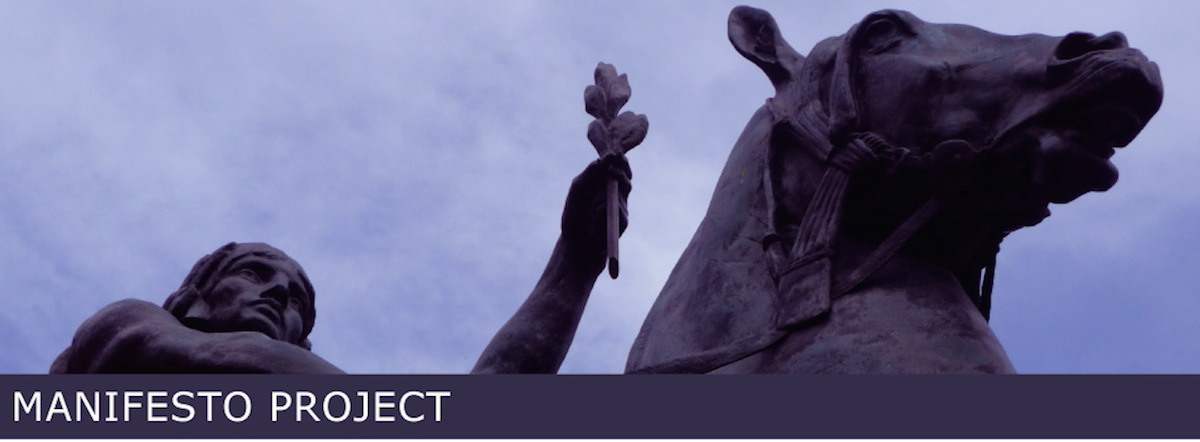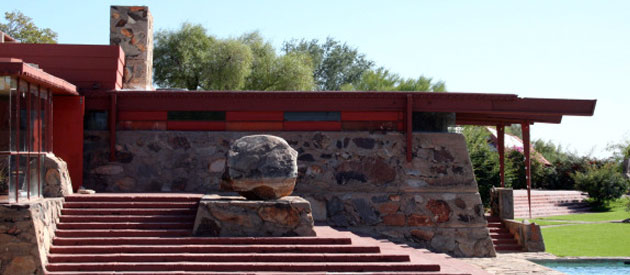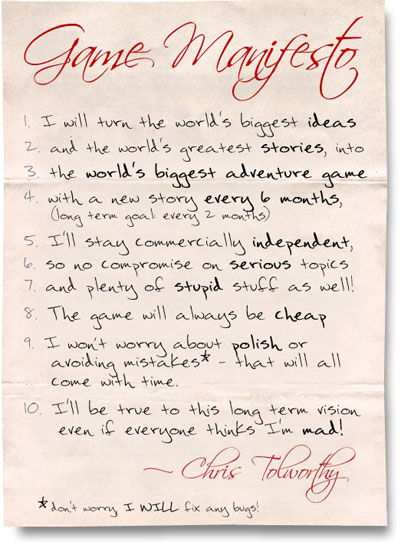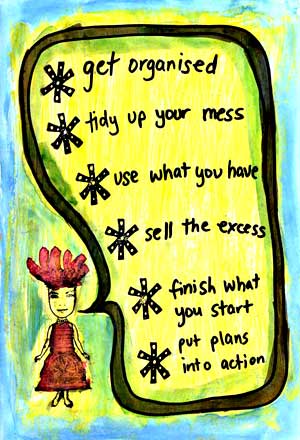
Creator: A collaboration from an international group of designers and presented to the Icograda Congress in Seoul in October 2000.
Purpose: To achieve “coordination and support for human agency” as a graphic designer.
Design Education Manifesto
Graphic designer
The term ‘graphic design’ has been technologically undermined. A better term is visual communication design. Visual communication design has become more and more a profession that integrates idioms and approaches of several disciplines in a multi-layered and in-depth visual competence. Boundaries between disciplines are becoming more fluid. Nevertheless designers need to recognize professional limitations.
Many changes have occurred?Developments in media technology and the information economy have profoundly affected visual communication design practice and education. New challenges confront the designer. The variety and complexity of design issues has expanded. The resulting challenge is the need for a more advanced ecological balance between human beings and their socio-cultural and natural environment.
Designer
A visual communication designer is a professional:
- who contributes to shaping the visual landscape of culture
- who focuses on the generation of meaning for a community of users, not only interpreting their interest but offering conservative and innovative solutions as appropriate
- who collaboratively solves problems and explores possibilities through the systematic practice of criticism
- who is an expert that conceptualizes and articulates ideas into tangible experiences
- whose approach is grounded in a symbiotic conduct that respects the diversity of environmental and cultural contexts not by overemphasizing differences, but by recognizing common ground
- who carries an individual responsibility for ethics to avoid harm and takes into account the consequences of design action to humanity, nature, technology, and cultural facts.
Future of design education
The new design program includes the following dimensions: image, text, movement, time, sound, and interactivity. Design education should focus on a critical mentality combined with tools to communicate. It should nurture a self-reflective attitude and ability. The new program should foster strategies and methods for communication and collaboration.
Theory and design history should be an integral part of design education. Design research should increase the production of design knowledge in order to enhance design performance through understanding cognition & emotion, physical, and social & cultural human factors.
More than ever, design education must prepare students for change. To this end, it must move from being teaching-centered to a learning-centered environment which enables students to experiment and to develop their own potential in and beyond academic programs. Thus the role of a design educator shifts from that of only knowledge provider to that of a person who inspires and facilitates orientation for a more substantial practice.
The power to think the future, “near or far,” should be an integral part of visual communication design. A new concept in design promises to tune nature, humanity, and technology, and to harmonize east and west, north and south, as well as past, present, and future in a dynamic equilibrium. This is the essence of Oullim, the great harmony.
Source
The Complete Design Education Manifesto










